How to Tell If Gold Is Real | 6 Home Tests to Help You Check Whether You Have Authentic Gold
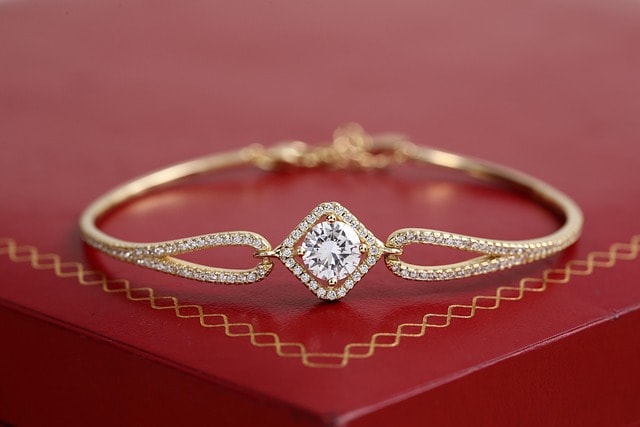
Gold is the precious metal of choice for many. Available in a wide array of colors and purities, gold jewelry and investment pieces continue to embody wealth, style, and long-term value. However, in light of recent surges in gold-plated and fake gold products, being able to tell whether you’re purchasing authentic gold items is crucial.
If you’re looking for information on how to know if gold is real, then keep reading. In this article, we provide six ways you can test jewelry and solid gold at home to determine whether it is real or fake.
Why Authenticity Matters
There are several reasons why it’s important to be able to tell if gold is real or not. Firstly, pure gold bars, coins, and jewelry are expensive, and if the items you’re investing in are counterfeit, you could face serious financial loss.
While real gold tends to increase in value over time, fake gold is worth very little and will offer little to no income when sold. What’s more, counterfeit gold jewelry could contain allergens such as nickel or lead, causing skin irritation or more serious allergic reactions.

Whether you’re protecting a family heirloom, investing in genuine gold bullion, or purchasing white gold jewelry, knowing how to tell if gold is real can be incredibly helpful.
How Can You Tell If Your Gold Is Real? 6 Home Tests to Use
With this in mind, let’s look at six ways you can determine whether a gold piece contains real gold or not.
1. Physical Assessment
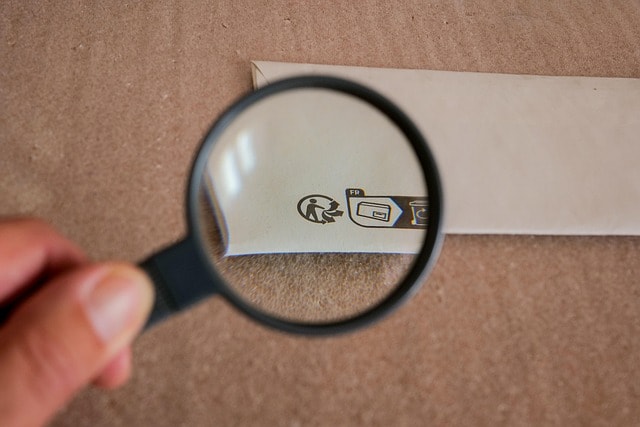
The first test you should do is a physical assessment to determine the item’s color and wear. Real gold has a rich and lustrous color that appears uniform throughout. It also doesn’t tarnish easily. So, if your gold ring isn’t as vibrant or consistent, or if you see discoloration that isn’t dirt or grime, your jewelry is probably not pure gold.
Another method is to hold the gold in your hands for a few minutes. Physical gold is non-reactive, which means that real gold won’t discolor your skin. Fake gold, on the other hand, can leave behind a blue, green, or black residue. Before you try this test, though, be sure to remove your makeup, as this can affect the result.
2. Check for Letter Markings
Another really easy way to tell that you’re dealing with real gold is to look for hallmarks or letter markings. This is also a great way to determine how much gold is in a piece. When gold jewelry is produced, the gold is typically mixed with other metals, such as silver, zinc, and copper, to improve its durability. The resultant metal is called a gold alloy.
These alloys are typically different from each other, giving them different colors and properties. Yellow gold, for example, retains some of the original color of pure gold, while rose gold has a pinkish hue because it contains copper. White gold is made by combining gold with white metals, such as palladium or silver.
When authentic gold jewelry is made, manufacturers will typically add a marking to denote the purity of the gold. So, you should look for stamps like “9k” or “18k.” Some manufacturers might use a different karat system. In Europe, for example, you might see “.375 (9k)” or “.750 (18K).”
On the other hand, if the piece is gold-plated, you should see “GP” or “GF” if it is gold-filled. Here’s a list of other markings to look for:
- GE or GEP – gold electroplated
- HEG – heavy gold electroplated
- HGP – heavy gold plated
An absence of a gold mark may indicate that you are dealing with a counterfeit gold item. However, keep in mind that markings may fade over time, so if you’re testing a particularly old piece, you might have to try another method. Also, you will probably need a magnifying glass to conduct this test.
3. The Scratch Test or Ceramic Test
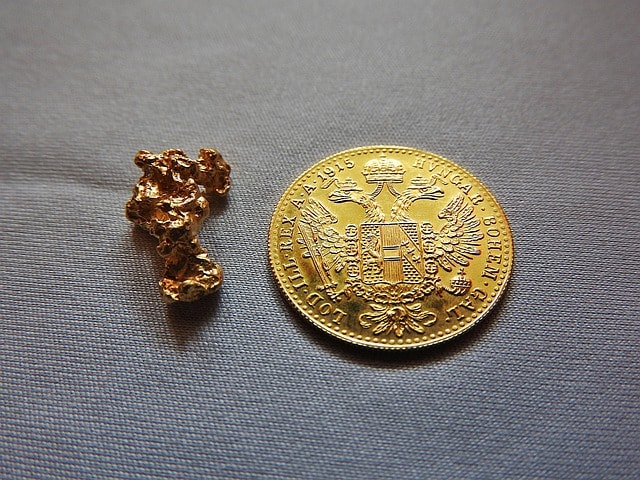
If physical inspections of the gold don’t produce any definitive answers, you could try a scratch test. However, it’s important to approach this test with caution. To do the scratch test, you’ll need to rub your gold piece against an unglazed ceramic plate or a testing stone.
Real gold will leave a gold streak on the surface of the testing stone or ceramic plate, while fake gold will leave behind a black streak.
It is important to note that this testing method could potentially damage your gold item. The scratch test should only be used for heavy gold or things that are not delicate.
4. The Float Test
You can also use the density of gold to determine its authenticity. Gold is one of the densest metals, which means that it will not float in water. Instead, it sinks.
So, you can test your metal to see whether it is truly gold by filling up a bowl with water and dropping it in. If the item sinks, it’s likely gold. But if it floats, it’s probably fake.
Avoid this method if you have an item that is already small or lightweight. It would probably float regardless of what type of metal it contains.
5. The Magnet Test
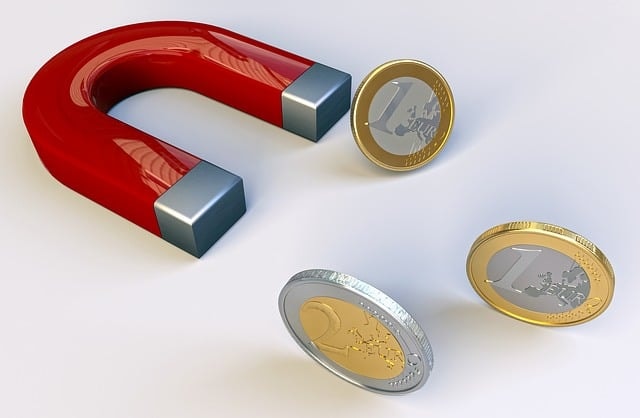
Gold is not magnetic. This means that you can test for magnetic metals to determine whether you have fake gold. To do this test, hold a strong magnet near the sample. If you notice any movement caused by the presence of the magnet, your jewelry is probably fake.
Suppose your piece is pure gold or is gold-filled. In that case, it should not respond in the presence of a magnet. However, keep in mind that plated gold may exhibit a weak magnetic attraction.
It is important to note that gold alloy may also be magnetic, depending on the types and percentage of additional metals it possesses. So, while the magnet test is helpful, it’s not a completely accurate way to determine whether a piece is real gold or not.
6. The Vinegar Test
Another way to tell if your gold jewelry is counterfeit is to add a few drops of vinegar to an inconspicuous area of the piece. If you notice a color change, it’s probably not real gold. Pure gold should not change color in the presence of vinegar. You could also use nitric acid (available in most commercially available test kits) to determine whether gold is fake.
Still Unsure? Get a Professional Gold Purity Appraisal
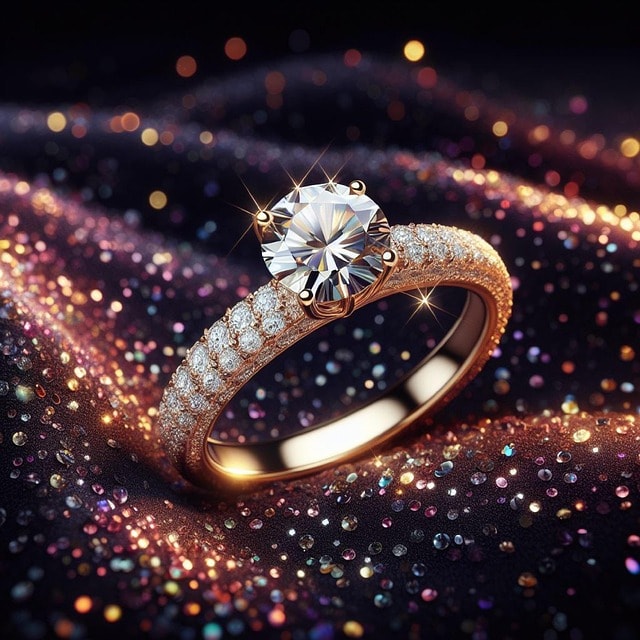
Suppose you are still unsure of how to tell if something is real gold after trying the tests mentioned above, or you simply don’t want to risk damaging your gold piece. In that case, you should have it professionally appraised.
Jewelers use more accurate test methods to determine whether jewelry is pure gold or not. Here are some of the tests they might use:
- Ultrasonic testing. This test aims to determine the purity of solid gold by measuring the distance sound waves move through it.
- X-ray Fluorescence (XRF) testing. To do this test, the metal is exposed to an X-ray beam, causing it to give off fluorescent X-rays. These rays are then assessed to determine the content of the sample.
- Electronic conductivity measurement (ECM) testing. This test involves passing an electrical current through the metal to determine how it responds to electricity. It can measure the purity of gold in mere seconds.
Final Thoughts on How to Tell Real Gold from Fake Gold
Now that you know how to check if gold is real, you can test your metals at home. However, be sure to follow the warnings and special notes mentioned in this article to avoid damaging your gold piece. Moreover, while home tests are certainly helpful, they cannot tell you whether an item is truly pure gold or not, so it is best to get a professional appraisal if you want reassurance.
Frequently Asked Questions
1. What’s the easiest method to determine the difference between real gold vs. fake gold?
A physical assessment of the color and consistency of the gold, as well as a check for hallmarks, is the easiest way to tell whether you have regular gold or counterfeit gold.
2. How can I tell if something is gold-plated?
You can look for hallmarks when buying gold, which are stamps made by manufacturers to specify the gold content of a piece. If the metal is gold-plated, you should see one of the following markings:
- GP – gold plated
- GE or GEP – gold electroplated
- HEG – heavy gold electroplated
- HGP – heavy gold plated
3. What is the nitric acid test, and how does it work?
If you take your gold to a professional jeweler, he or she may use the nitric acid test to determine whether it is real or fake. A nitric acid test kit can also be purchased for at-home testing. It involves applying nitric acid to the metal and observing the reaction. Real gold will not react with nitric acid and any metal that does might be fake.
4. Is gold magnetic?
No. Gold is a non-magnetic metal. However, some gold alloys may have weak magnetic properties, depending on the types and quantities of other metals used in their production.
